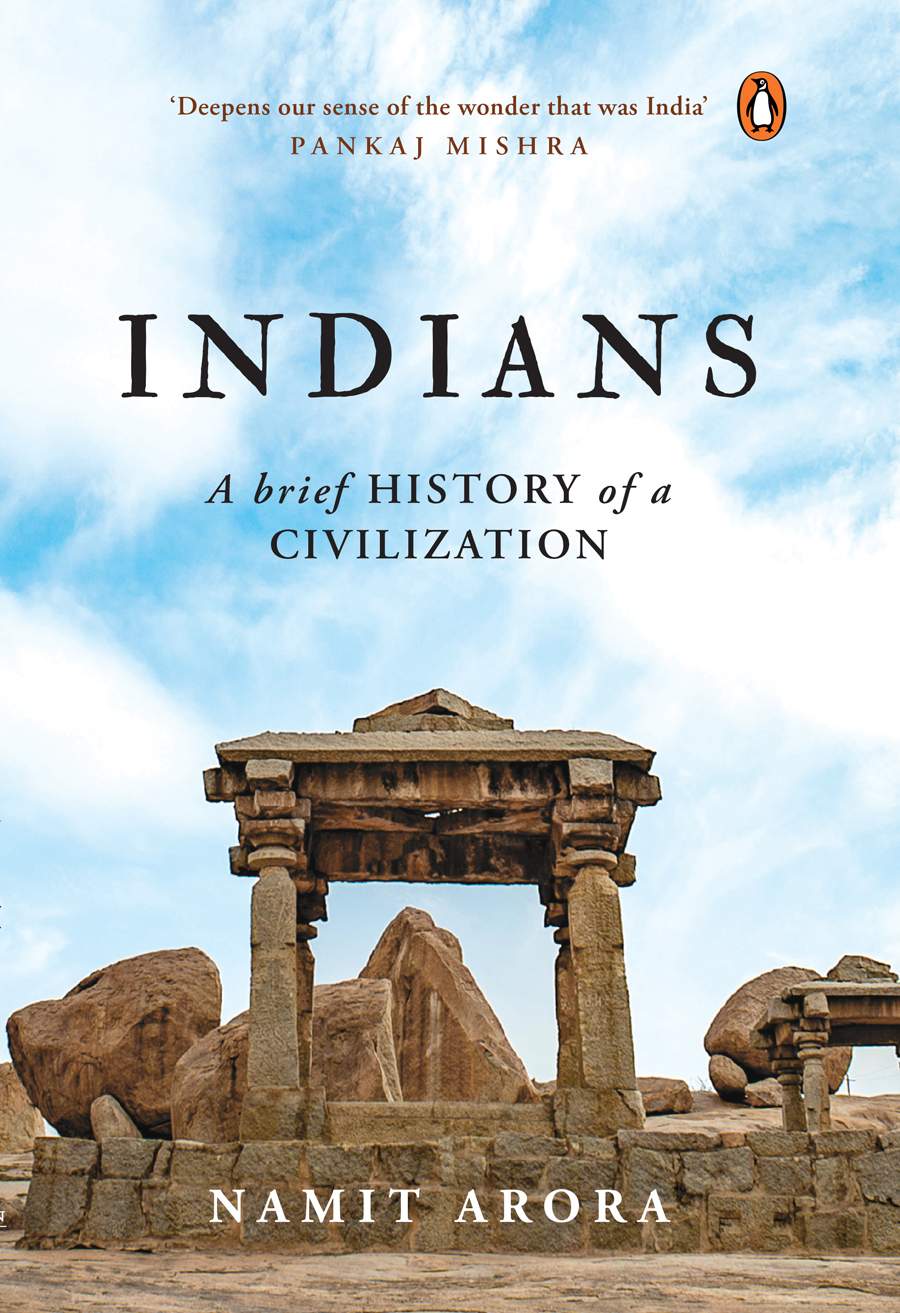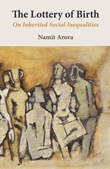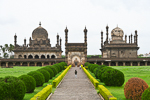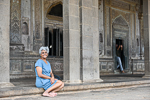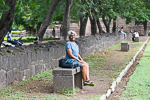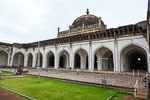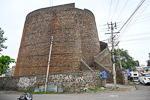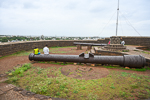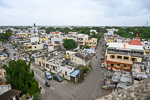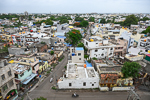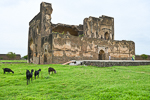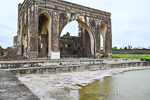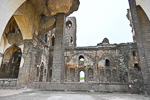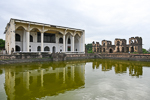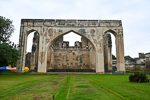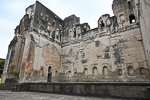Bijapur, Karnataka, India (info1, info2, June 2025)
Bijapur, officially Vijayapura, is a city in northern Karnataka that offers a rich assemblage of Indo-Islamic architecture. Once the seat of the Adil Shahi dynasty, which ruled the Deccan from the late 15th to the late 17th century, Bijapur flourished as a cosmopolitan capital of art, culture, and engineering. The city's most iconic landmark is the Gol Gumbaz, the colossal mausoleum of Sultan Mohammed Adil Shah, renowned for its vast dome and its remarkable “whispering gallery,” where even the faintest sounds are echoed with clarity. Bijapur is also home to a wealth of lesser-known gems: intricately decorated mosques, palaces, water tanks, and tombs such as the Ibrahim Rauza, often called the ‘Taj Mahal of the Deccan’ for its elegance and symmetry. The city’s historical layers are evident in its blend of Persian, Turkish, and Hindu architectural motifs, reflecting centuries of cross-cultural exchange. For travelers seeking a deeper understanding of the Deccan’s syncretic heritage, Bijapur is worth a stop.
|
Ibrahim Rauza (info) |
|||
A funerary complex, aka |
Built by Taj Sultana, wife |
Mausoleum of the Sultan |
The mosque facing the |
Mosque facade |
Mosque interior (more) |
View of mausoleum (more) |
A square tank in between |
View from the veranda |
Mausoleum entrance |
Mausoleum detail (more) |
|
Visitor |
Visitors |
The mosque across |
A passageway beneath |
|
Gol Gumbaz (info) |
|||
Approach to the complex |
Gol Gumbaz |
Dates from mid-17th cent. |
Humongous dome |
Interior (more) |
Cenotaphs |
Tombs of Mohammad Adil |
Visitor |
Bara Kaman |
|||
Unfinished mausoleum of |
The plan had 12 vertical |
Roofless space of arches |
Royal tombs (more) |
Never finished (more) |
Visitor |
A Sufi dargah behind |
|
Jamiya Masjid |
|||
Started by Ali Adil Shah I |
Water tank in front |
Can host 4000 (more) |
|
Closeup (more) |
Broadcasting call to prayer |
||
Uppali Buruz |
|||
Built around 1584 by |
Two big canons on top |
Bijapur from Uppali Buruz |
Bijapur from Uppali Buruz |
Malik-e-Maidan canon and site (info) |
|||
Burj-e-Sherz (Lion Tower) |
"Lord of the battlefield" |
Ramparts of Bijapur fort |
|
Sangeeth Nari Mahal |
|||
Former palace for parties |
Built in the 16th cent., |
Local goat (more) |
|
Jod Gumbaz |
|||
A complex of tombs |
Contains tombs of Khan |
Buildings on site |
|
A dargah on site |
A dargah behind the site |
A local man |
|
Archaeology Museum (info) |
|||
ASI Museum |
Ornate Ladies |
Maha Sati Stone |
Hero Stone, Western |
Temple Doorway, Western |
Chouri Bearer, Western |
Kannada Inscription, |
Arabic and Persian |
Asar Mahal (info) |
|||
Former hall of justice |
Built by Mohammed Adil |
Now a mosque, famously |
A large tank in front |
Medieval ruins |
Ruins of the citadel |
Ruinas, ruinas! |
Local boys |
Gagan Mahal |
|||
Once part of the Durbar |
... and pleasure gardens |
Built around 1561 CE |
Echoes of past |
Designed in collaboration with Vitalect, Inc. All rights reserved. |





